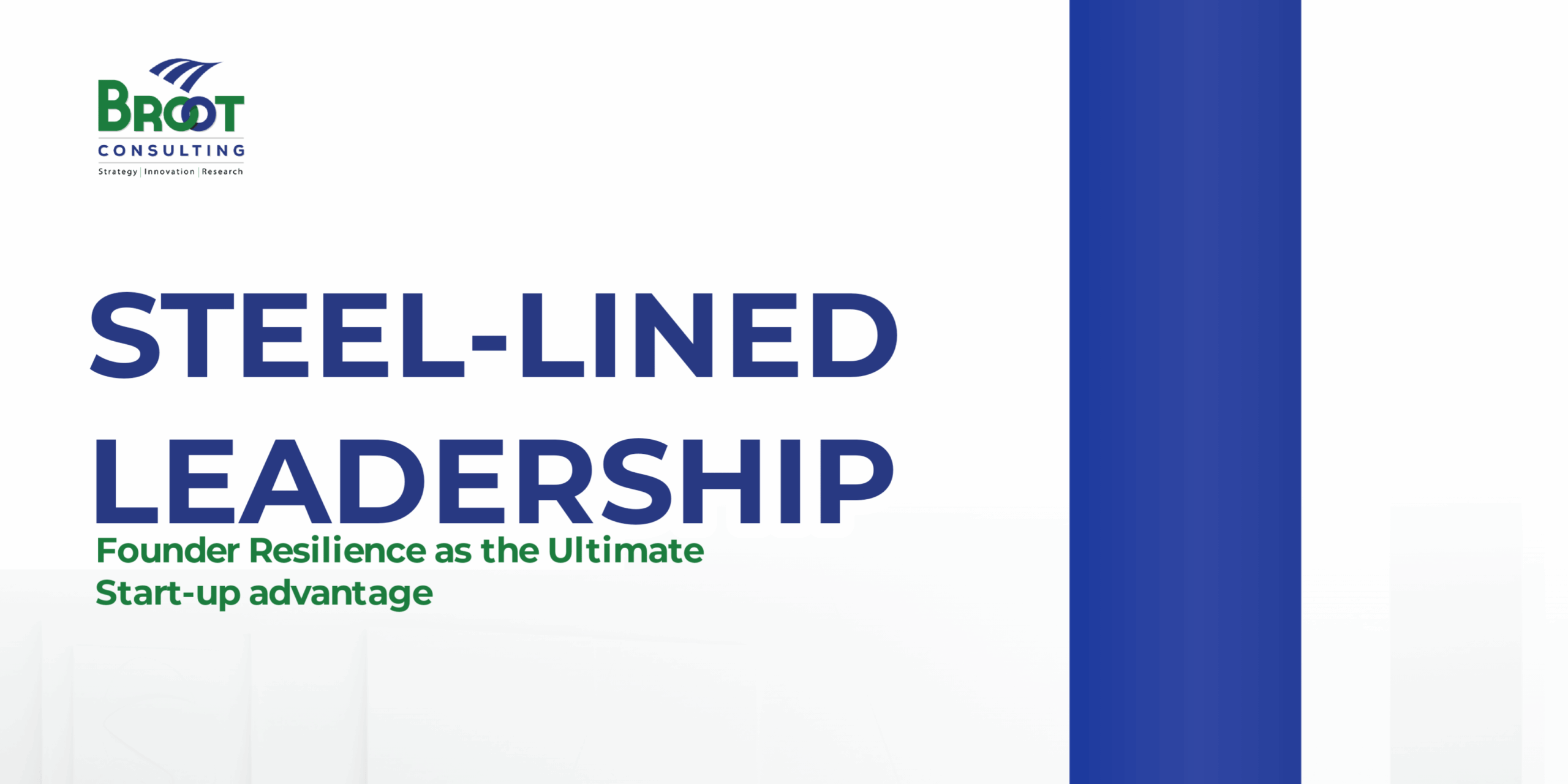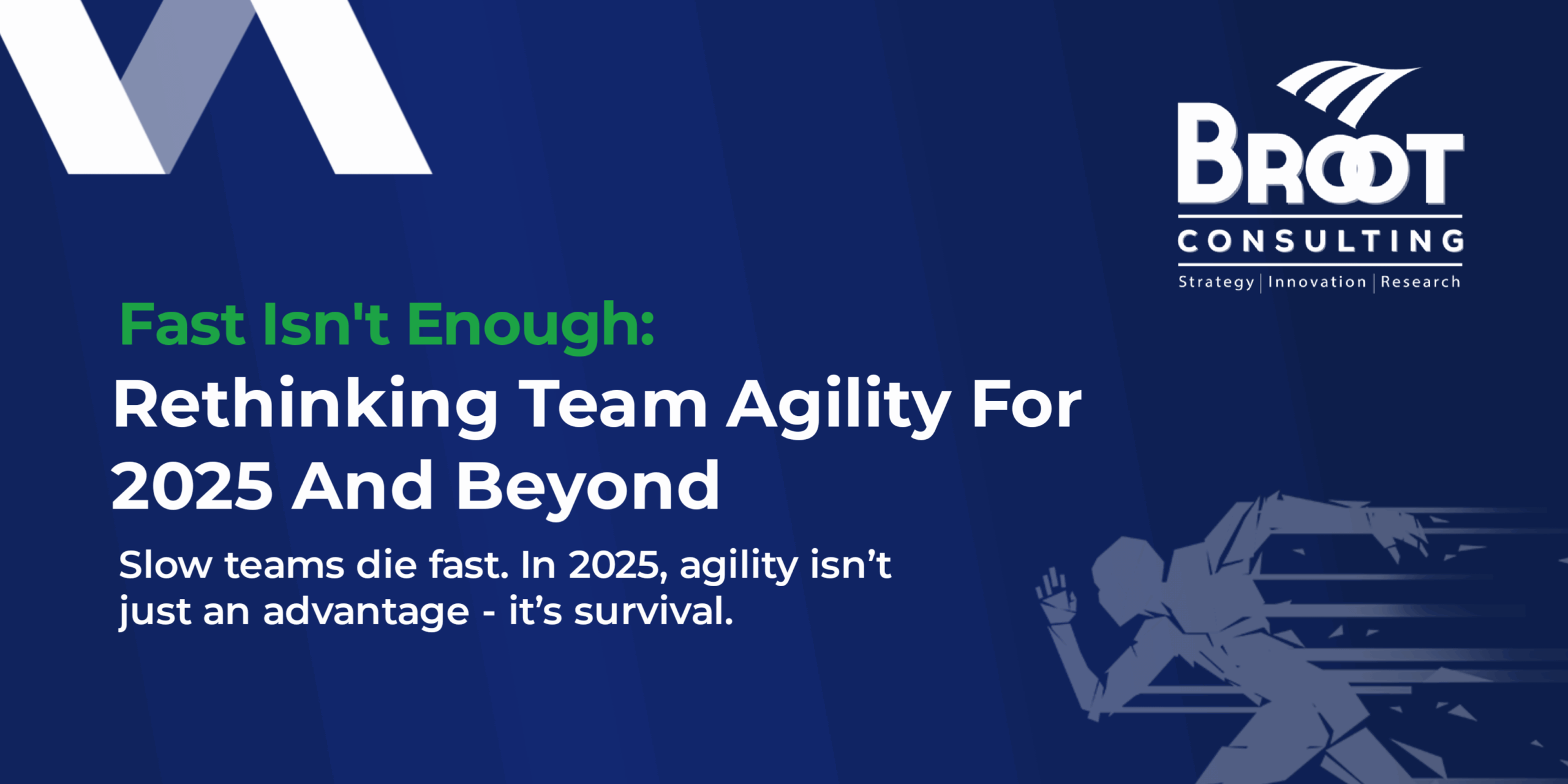There is no innovation and creativity without failure. Period.
Brene Brown.
Innovate or perish – this is the new management mantra that will continue to unsettle organisation leadership for as long as we can conceive it. If you don’t innovate responsively and responsibly, you will be left behind. As the race towards outdoing one another continues in the area of innovation, the fact remains that the record of failure in the attempt to innovate outweighs the record of success. Mark Payne, Fahrenheit 212, observed that about 90% of innovation effort or ideas fail! Why should this be so? How well do you achieve your innovation agenda? What is hindering your organisation from reinventing itself and becoming as innovative as the many examples that you read about?

A significant problem with some innovation agenda is lack of depth on the part of the management. How many leaders have a clear understanding of the methodology, the lingua and the processes involved in innovation? If they don’t know and yet demand innovative product and services then the demand may become tormenting and confusing. Recently, I was in a discussion with one of our clients, a senior manager who heads the company Innovation department. He poured out his frustration concerning the statement of his direct supervisor who attended some executive management training few months earlier: “we need to become agile, we need to fail fast, and we need to prototype very rapidly”. The guy was totally at a loss as to what the boss wants to achieve with the contradictory request. Such confusion is not uncommon among middle-level managers, who most times are technically more competent than the executives. Innovation will fail, if the executive does not communicate their vision clearly and without ambiguity, understand the lingua and the methodology, and a deep understanding of the terms and an appreciation of the process. In such an operating environment, achieving the culture of innovation will be impossible, and most innovative agenda will only end up being a fruitless academic exercise.
At various innovation training especially the Design Thinking classes, participants were told that innovation should be seen in price and profit models, processes, products, and policies; therefore, leaders must ensure that their ecosystem effectively supports the development of the innovation effort of the organisation. As we sound the need for an innovative culture, we are told that it will only thrive in an environment that does the following: empowers employees to think differently and generate new ideas; promotes a strong emphasis on collaboration among various teams; embraces of the concept of “fail fast” or “Fail Often’; and one that never labels any idea stupid. While all these practices of beliefs are required for innovation to succeed, a flawed understanding and implementation of these can only lead to a huge failure. This article examines one of the concepts – Fail fast and Fail often and explores its uses in making an organisation innovative? “Fail fast” Why should failures be tolerated and how does the concept not be a guise for promoting mediocrity and tolerating incompetence?
Fail Fast; What does it mean?
To start with, what good can there be in failing? Do you remember those days when you were still a pupil, if you failed your exam or don’t perform to satisfaction in your studies, what will be the natural response of your parent? Do they draw closer and applaud you with a pat at the back? The answer is NO. When it happens once, they may be empathetic but with a continued occurrence you become a concern to your parent as they may be scared that their investment in you in heading in the wrong direction. If you picture the reaction of your loving parent when you fail, could your pause and imagine the attitude and response of your direct supervisors when you fail to deliver as expected? While the concept of fail fast in design thinking is novel, it must never be mistaken for tolerance for incompetence.
It is misleading to think, organisation leadership will naturally accept failure in any experiment or innovative effort with a warm embrace. No matter how hard they pretend, the fact remains that competent leaders are not unconscious of the fact impact of failure on growth and the bottom-line. Since the organisation does not have an inexhaustible pool of funds, tolerating failures can never be an exciting experience for any organisation no matter how little the investment in the pilot scheme or the experiment. Where a leader is quick to embrace fail-fast or failure, it could be a direct reflection of his or her competence. Failure comes at a cost and to what extent are organisations willing to pay that cost. To fail fast means that teams are encouraged to experiment through an iterative process however, organisations that practice the concept are known to have an incredible culture of innovation. An organisation cannot become innovative if it does not have a practice of inclusion and be intentional about achieving excellence. Global Innovative companies like Tesla, Amazon, Samsung, Netflix, Apple and Google, or the continental leaders in innovation like Flutterwave, a digital payment API that allows users to do business across the African continent and make international payment in their currencies. There is also the African Leadership Academy that trains students without asking them to make upfront payment for their education, but instead only ask student to pay a share of their income to investors once they are employed. These companies are not where they are today by embracing a culture of incompetence and serial failure but by engaging competent, visionary and committed workforce. In these organisations, there is zero tolerance for incompetence or mediocrity. It is almost impossible for a mediocre to slip into the organisation and if that happen perchance, it won’t be long for such to be discovered and shown the way out. You cannot meaningfully achieve an innovative culture in an atmosphere of mediocrity, nepotism and self-centeredness. To become successful in innovation, you must established a high-performance standard and match such standard with competent and committed workforce and hold yourself to accountabilities. Having done that, if the failure happens, it would not be as a result of sloppy thinking, terrible work attitude, poorly thought-out designs, defective analyses and bad organisation culture.
How to Build a Culture of Competence
- Make Excuses uncommon: Innovative organisation tolerate little excuse because excuses are a common commodity; they are a natural form of defence, we reach them very quickly when we fall below standards. Leaders must be reminded that becoming an innovative organisation will be unattainable so long as there is a culture that tolerates excuses for nonperformance either on the part of the boss or the subordinates. Excuses are nothing but the weapon that we use to explain away our laziness, incompetence and self-doubts. Excuses will derail even the well-intended innovative plan or organisational vision. Strong leadership that is brutally honest but compassionate.
- Raise hiring standards: “garbage in garbage out” relays the famous adage. You cannot compromise on the quality of staff recruited to the organisation and expect a magic wand that will transform your organisation into a high performing and innovative one. Set a high standard that ensures that you only hire those who have the traits required to enable you to achieve your corporate goals.
- Set a high standard for performance: if your lack of performance standard and accountability. Set the standards and ensure they are well understood; the performance expectations must be communicated clearly and regularly; no one should be in doubt as to the mission and the vision of the organisation. Deviation from such standards should also be open addressed fairly and equitably.
- Practice an Inclusive culture: inclusion enables creativity, it ensures that you draw talents from the global pool of competent people without any biases that will shut them out either because of their race, gender, religious affiliation or physical appearance.
Conclusion
Successful organisations and competent leaders do not give high five and jump high to celebrate failures; they want you to experiment intelligently and take a reasonable risk, they want you to bring your competence and commitment to bear in the discharge of your responsibilities; therefore, the concept of fail often is a myth because failures usually have ugly consequences. The aim of the fail fast mechanism is even to reduce failures




